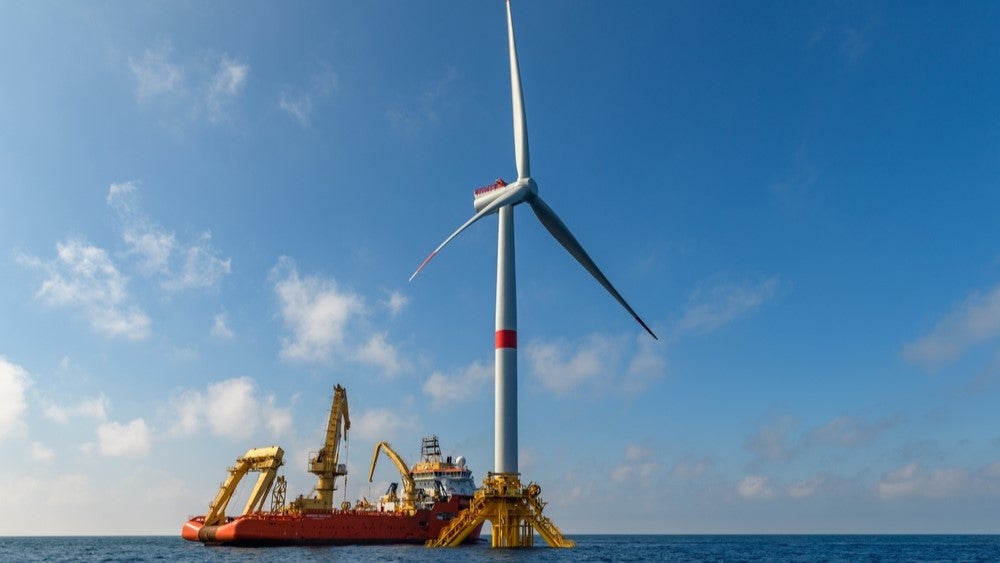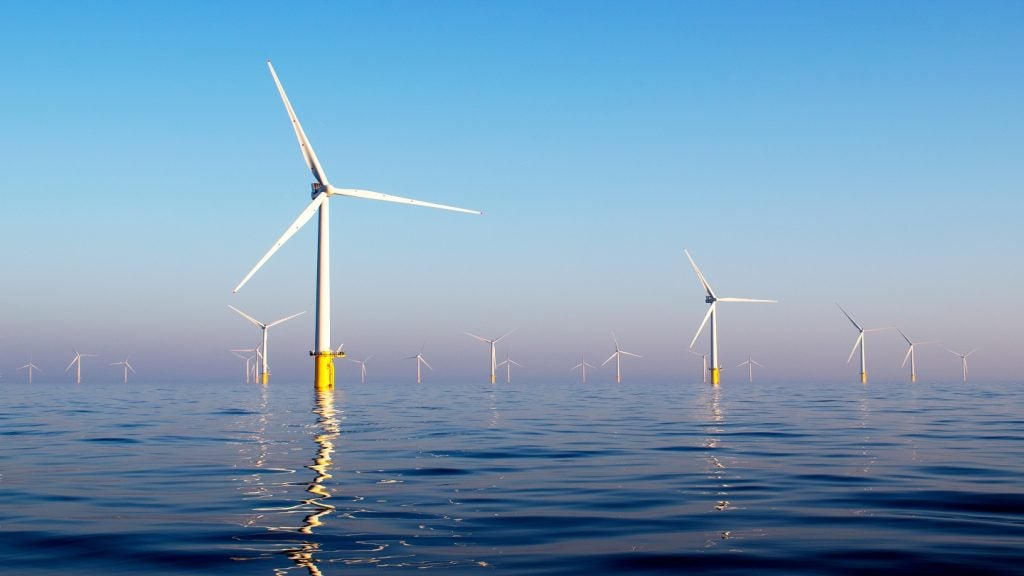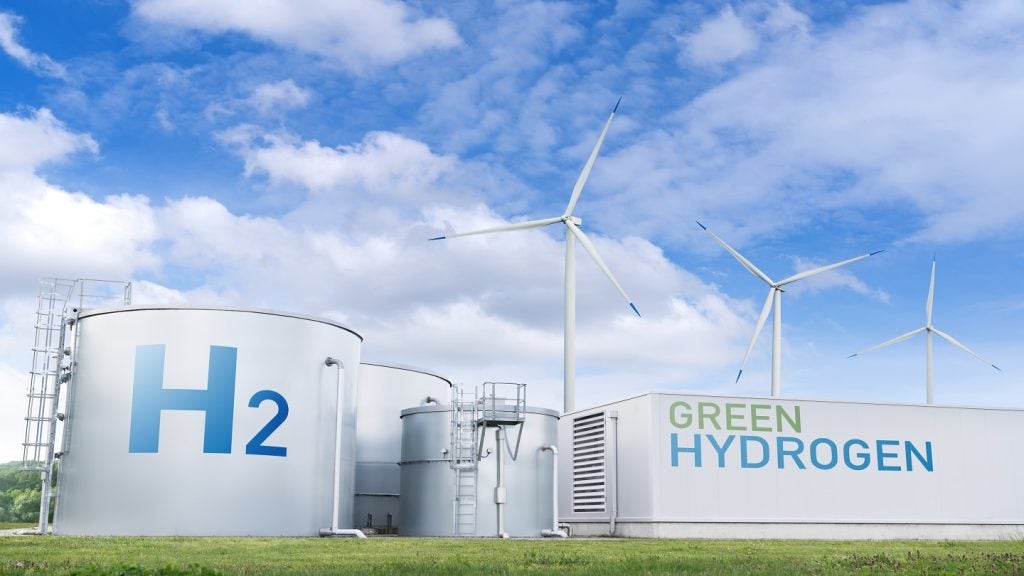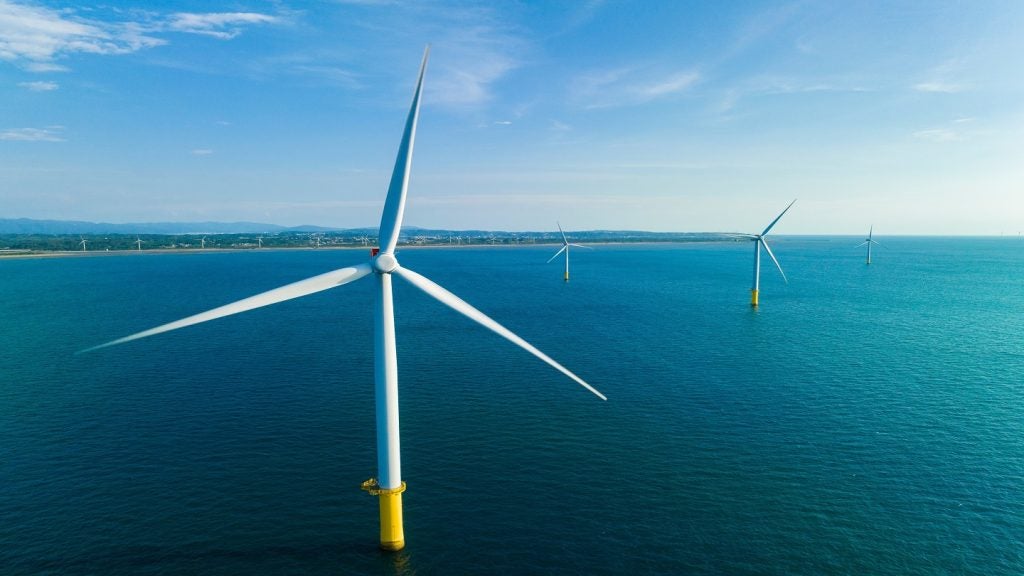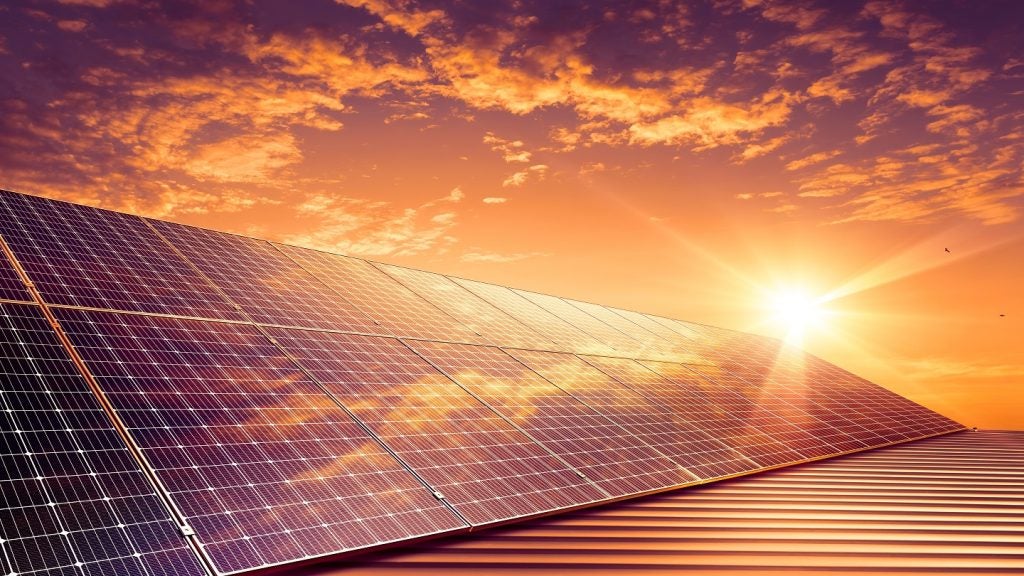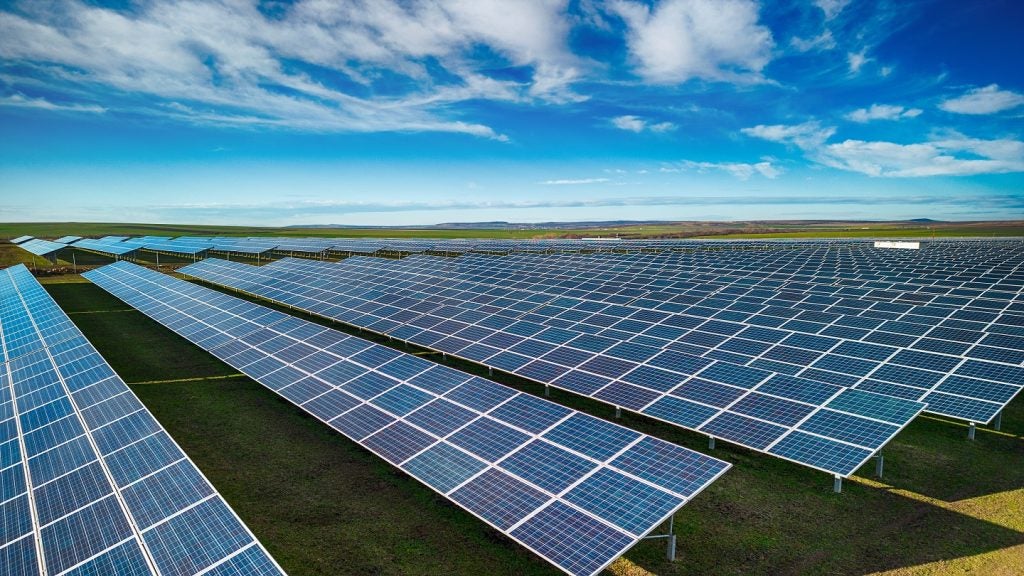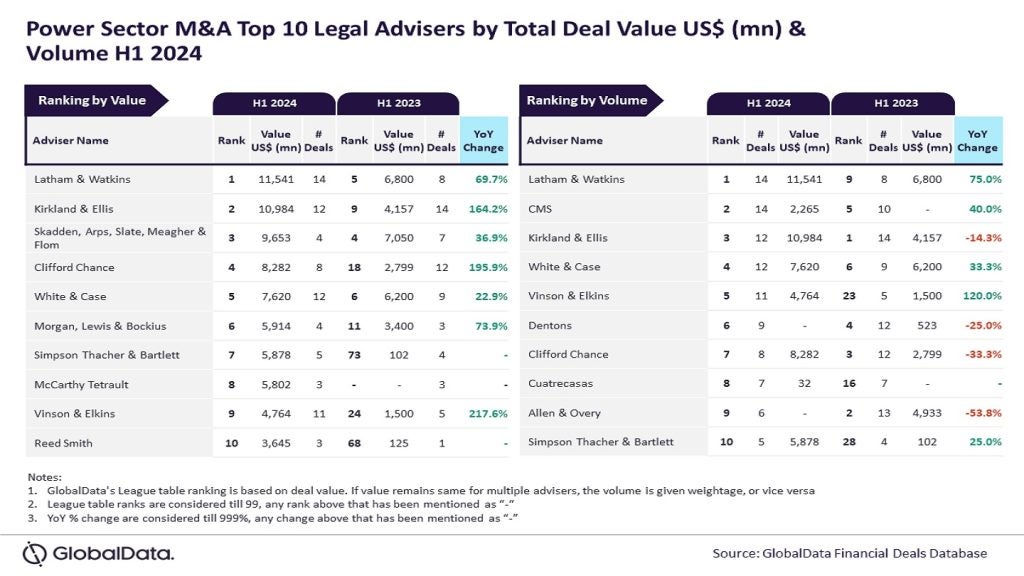The total installed global capacity of wind grew to upwards of 900GW in 2023, making the sector an essential part of the energy transition. However, with almost all online turbines being fixed in place, there is a significant obstacle: space.
According to Deborah Greaves, professor in ocean engineering at the University of Plymouth: “We're running out of space in the shallow water sites, so we need to go further offshore.” The solution is floating offshore wind, but the shift out to sea presents a myriad of engineering hurdles.
The move requires floating structures, able to support increasingly large turbines and withstand difficult weather conditions. The structures need to be tethered securely by robust mooring lines and anchorage, with dynamic cables to route power back to shore. Other challenges include the installation and maintenance of floating turbines and the storing of power generated at sea.
Nevertheless, the potential of the sector is evident, and innovation is catalysing the feasibility of floating offshore wind, as well as driving down the costs.
What needs work in floating offshore wind?
Europe currently has four floating offshore wind farms, totalling 176MW of capacity. The first was the 30MW Hywind Scotland pilot park, which began operations in 2017. However, the industry is young, and farms remain small.
Jack Paterson, team leader for floating offshore wind at Catapult’s Floating Offshore Wind Centre of Excellence (FOW CoE), highlights to Power Technology that these projects have presented opportunities for the sector: “The first few demonstrator projects, such as Hywind and Kincardine, have been absolutely key.
“The learning that these projects have allowed, such as the fact that floating foundations can accommodate turbines of comparable ratings to fixed offshore wind counterparts, is truly remarkable.”
It has opened the door to other questions, as well as opportunities, with engineers looking to adapt fixed wind technologies to accommodate the needs of floating offshore wind turbines.
Considering the shift from fixed to floating, Greaves explains: “We can no longer use a monopile or a jacket type solution, which makes floating offshore wind challenging. It means that you have to build a large, floating structure that the turbine tower and the turbine itself will be fixed onto.
“The structure needs to float, and it needs to be attached to the seabed, meaning that there will be a floating foundation part, and then there is a mooring and anchoring system as well, which needs to be developed.
She adds: “You also need to get the electricity off, so you have a power cable that we call a dynamic cable, because it's attached to the floating structure, and it is going to move around a bit. The electrical cable itself needs to be able to cope with some motions.”
There are currently four core designs for the foundations of floating offshore wind: spars, semi-submersibles, tension leg platforms (TLPs) and barges. These inform a variety of designs – with a recent review finding around 108 variations.
According to Alistair Morris, offshore wind manager at the Carbon Trust, the industry needs to prioritise consolidation.
“There needs to be consolidation around what designs are actually going to be used from a commercial standpoint,” he says. “There is a lot of ambiguity with floating, and consolidation will help with supporting the supply chain, which is going to be critical to building commercial scale wind.”
Deep dive: mooring on the seabed
As the demand for renewable energy increases, floating offshore wind will be the logical solution for countries with plentiful coastlines. Projects could ultimately end up hundreds of kilometres offshore, as developers look to maximise both space and wind strength, but this will require wind turbines to be located in difficult maritime conditions.
Morris points out that there is much to be learnt from other offshore activities: “There's a lot that can be taken from oil and gas in terms of configuration numbers of mooring lines, but it's about understanding the site-specific elements and the load requirements.”
It is an area receiving significant attention, including from Dr Zaibin Lin, lecturer at the University of Aberdeen. He uses Computational Fluid Dynamics (CFD) to analyse aerodynamics in offshore wind and predicts mooring forces to better understand the demands of floating wind.
“In my model, the mooring force can be predicted along with the six degrees of freedom (number of axes an object can freely move within a three-dimensional space), then the thrust, torque and power of the turbine rotating blades,” Lin explains.
It’s important because, in an evolving sector, it can be difficult to keep up with the changing demands of turbine plans. Lin points to the example of the IEA’s plans for a 15MW turbine, with a rotor diameter of 240m. The enormous size of the structure requires new consideration of the aerodynamic and hydrodynamic forces in play.
“One of the biggest engineering challenges could come from hydrodynamics, aerodynamics and mooring, because turbines are increasing in size and capacity,” he says. “Some researchers are even considering shared mooring between several floating offshore wind turbines, to reduce the usage of mooring lines.”
The area has also attracted attention from FOW CoE and is one of the centre’s strategic areas. Paterson explains that it has identified a need to address both supply chain and technological risks and opportunities.
“Specifically, [the project] aims to improve the industry’s access to suitable, reliable and cost-effective mooring and anchoring technologies,” he says. “Mooring systems are critical components in a floating wind project and our programme works to accelerate the development and qualification to reduce the cost of future projects.”
The Carbon Trust’s Floating Wind Joint Industry Programme (JIP) has also conducted extensive research around the question of mooring, sharing the key findings of its Moorings System Redundancy, Reliability & Integrity (MRR&I) project in December 2023.
It found that the motion subjected on mooring lines for floating offshore wind turbines presented “degradation threats”, as seen in oil and gas sectors, but it suggested that “this may change as the industry develops and new technologies emerge”.
Expanding on this, Morris says: “One of the biggest areas of innovation is mooring line material … There is a lot of discussion over nylon, synthetics, and what the best solution for mooring lines actually is.”
How to keep floating offshore wind costs down
Innovation comes at a price — one that developers are keen to keep down.
Much of the core technology of floating offshore wind turbines has already been engineered through the development of fixed wind and by the offshore oil and gas sector. However, Greaves points out that the new sector presents “quite a different balance of costs and risks, and so the relative cost of the floating offshore wind structures is higher.”
She remains optimistic that “there is a lot of innovation going on in finding solutions to reduce the cost.”
Expensive materials are part of the problem, and Lin points to the cost (and weight) of steel, used in floaters. There is potential for steel to be switched for lighter alternatives.
“Some researchers and engineers have proposed a light structure with light materials, such as concrete. They want to reduce the usage of steel because steel is expensive and is much heavier than concrete,” he explains.
There are further questions about optimising operational costs, including around the installation and maintenance of offshore assets. Jack-up installation vessels are used to erect fixed offshore wind turbines, using their ‘legs’ to reach the seabed and remain stationary for installation purposes.
However, floating wind needs deeper water, and the legs of jack-up vessels are inadequate.
DEME’s flagship Orion vessel is an early flavour of what floating offshore wind installation could look like, having installed 29 monopiles over a two-month period on Ocean Winds’ Moray West offshore wind farm project in Scotland earlier this year. However, the sector needs to develop before it can support a wider rollout of floating offshore wind, and development is likely to require both time and money.
Currently, wind turbines must be towed back to port for maintenance, a trip which is both operationally complicated and expensive. Lin suggests: “If we could design the floating wind turbine to reduce the extended maintenance period, for example, from three years to five years, it would reduce the cost. Even if design and installation costs increase, it would still reduce costs across the lifetime of the floating offshore wind turbine.”
Despite these evident financial hurdles, however, Morris points out that any new sector faces the challenge of cost.
“Fixed wind was expensive at the beginning,” he says. “The industry needs to absorb the cost somehow. We are at a bit of a crossroads with floating wind because we have seen a couple of demo projects but we have not really seen any tangible progress being made. Cost is also prohibiting this, along with many other things, but it's definitely one of the key variables.”
Despite the current expenses of floating offshore wind, the demand for clean energy will continue to drive progress in the sector.
“Offshore wind is a major part of how we're going to decarbonize our electricity system, and how we're going to transition away from fossil fuels,” says Greaves.
Considering the UK specifically, she points out: "As an island with a very large coastline, we have excellent resources offshore. It is natural for us to be exploiting and developing those, and offshore wind is already contributing significantly to our green electricity. We need floating offshore wind to get to the targets that we have for net zero by 2050.”


